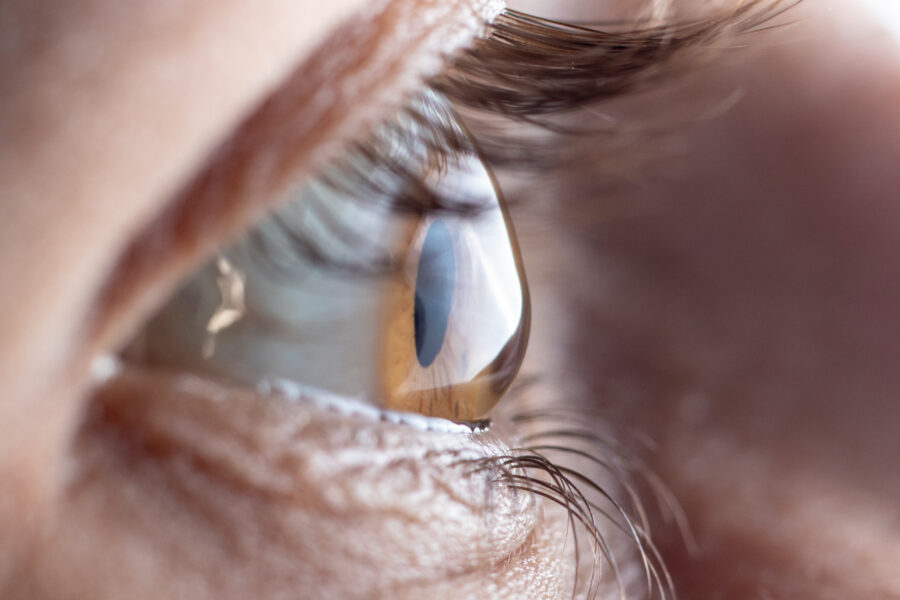Blog post
What Vision is Like with an Eye Condition

Matthew Burford BSc(Hons) Optometry MCOptom - Domiciliary Optician and Professional Services Manager at OutsideClinic
5 minute read
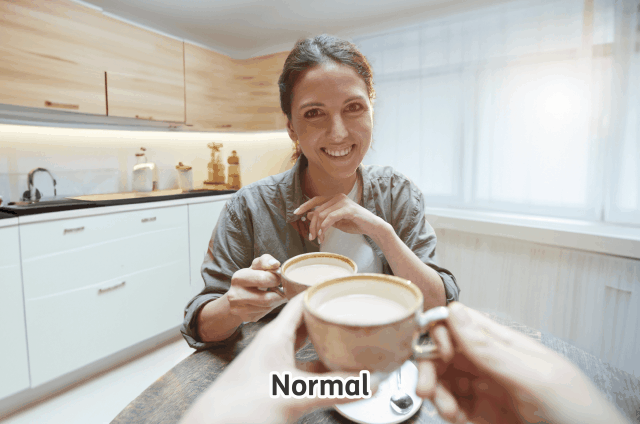
Age-related macular degeneration
AMD affects the part of the eye that processes what you can see in your central vision.

Astigmatism
Astigmatism is typically caused by irregularities in the shape of the eye, especially in the cornea (the clear front part of the eye).
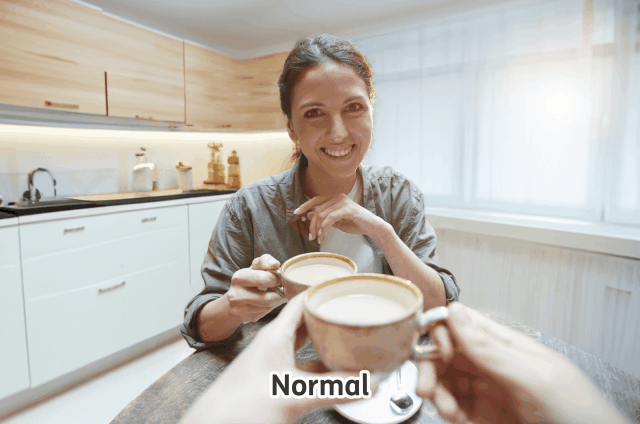
Cataracts
A cataract is an eye condition where the lens in our eyes becomes cloudy, affecting how light enters the eye.
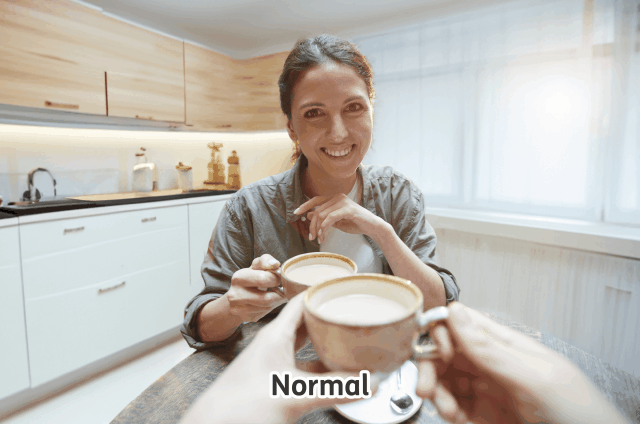
Central serous retinopathy
Central serous retinopathy (CSR) is an eye condition where fluid builds up under the retina, the light-sensitive layer at the back of the eye.
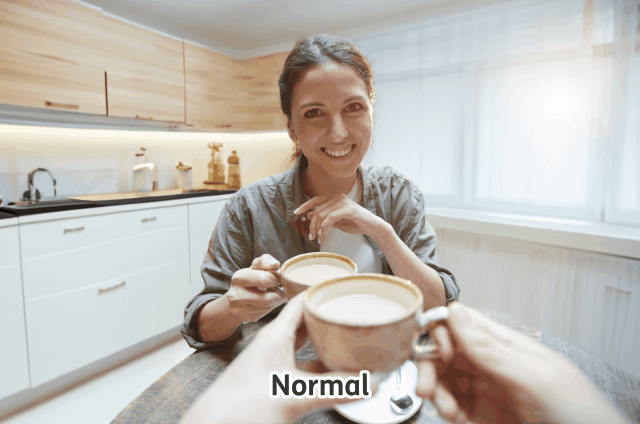
Charles Bonnet Syndrome
Charles Bonnet Syndrome is a sight condition that causes people who have vision loss to see things that aren’t there – medically known as having a hallucination.
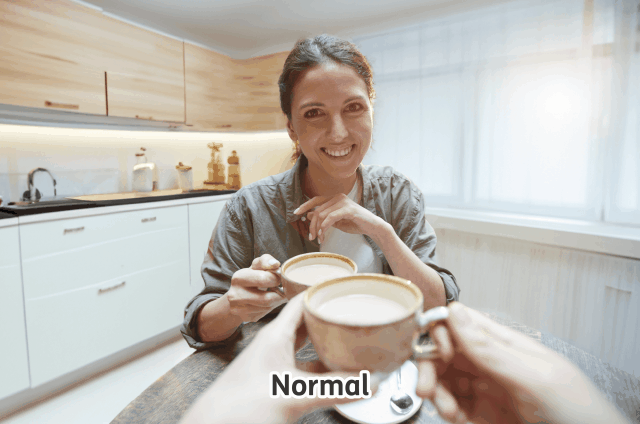
Coloboma
Coloboma is a rare eye condition where normal tissue in or around the eye is missing from birth.
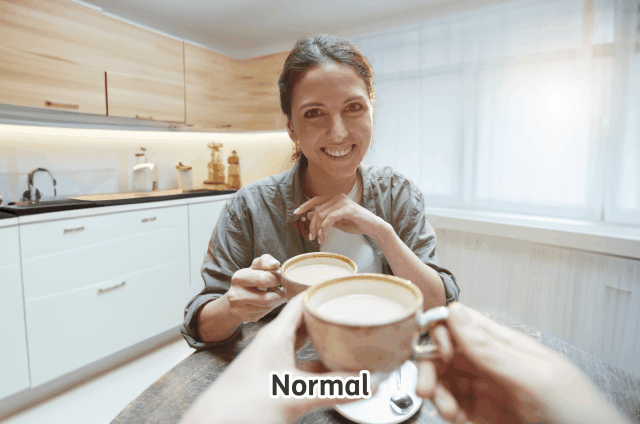
Detached retina
A detached retina occurs when the thin layer of tissue at the back of the eye (the retina) pulls away from its normal position, which can lead to serious vision problems.
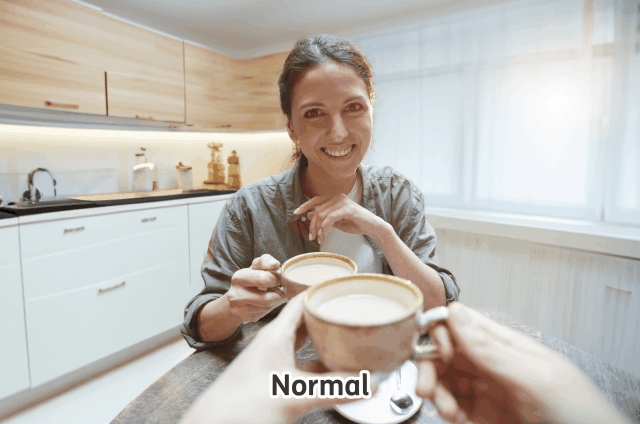
Diabetic retinopathy
Diabetic retinopathy affects the blood vessels in the retina (the ‘seeing’ part of the eye), causing them to become blocked, leak or grow haphazardly, which may affect the way you see.

Glaucoma
In the early stages of glaucoma, there may be no symptoms at all. This means that, in some cases, the only way to diagnose it and slow down its progression is by having regular eye tests.
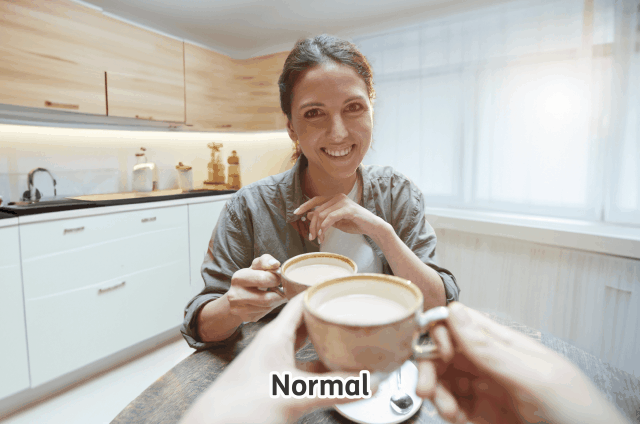
Macular hole
A macular hole is a small break or opening in the macula, which is the central part of the retina responsible for detailed vision. This can lead to blurred or distorted central vision.

Myopia (short-sightedness)
Myopia, also known as nearsightedness or short-sightedness, is a common eye condition that causes blurry vision for distant objects, while close objects appear clear.
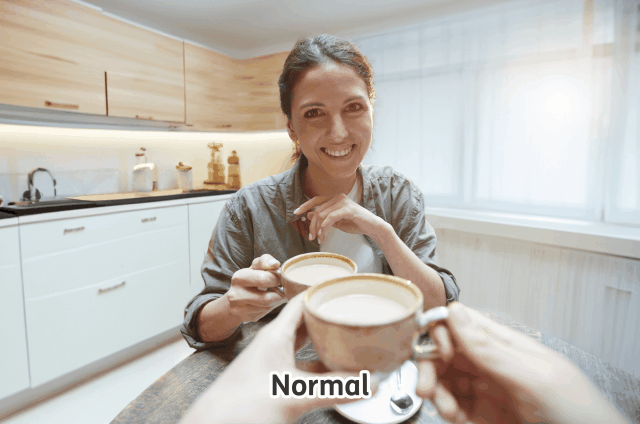
Nystagmus
Nystagmus is an eye condition where the eyes make rhythmical, repetitive and uncontrollable movements.
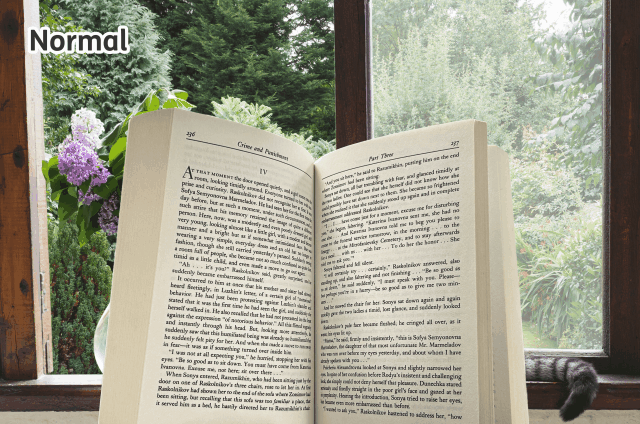
Presbyopia (long-sightedness)
Presbyopia is the loss of clear close-up vision that happens when your eye's lens becomes less flexible.
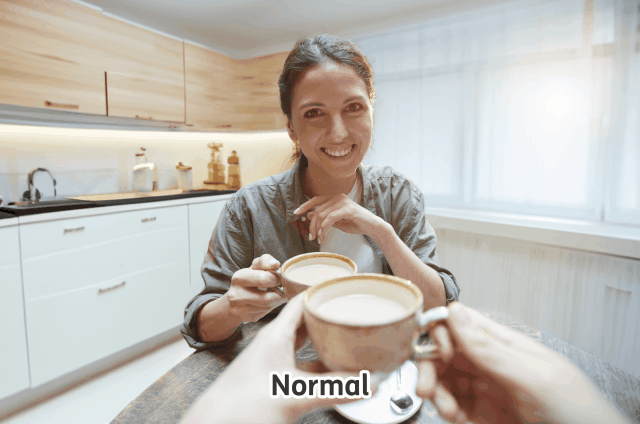
Retinal vein occlusion
Retinal vein occlusion (RVO) is a condition where the veins that carry blood away from the retina become blocked, which can cause vision problems.
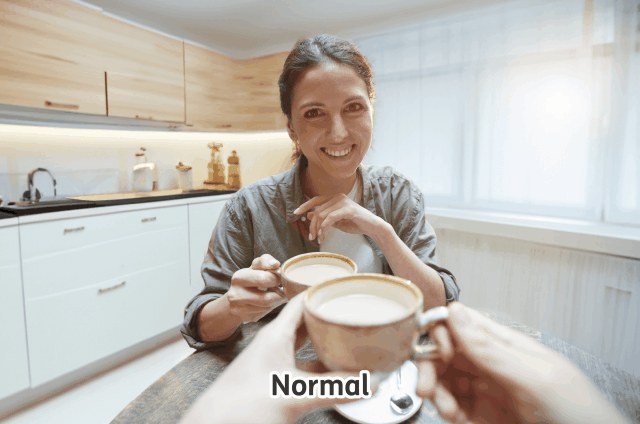
Stargardt disease
Stargardt disease is a rare, inherited eye disease affecting the macula. This is the part of the retina responsible for sharp, central vision. It leads to progressive vision loss, usually starting in childhood or adolescence.

By Matthew Burford BSc(Hons) Optometry MCOptom - Domiciliary Optician and Professional Services Manager at OutsideClinic
Matthew graduated from Aston University in 2004 with a degree in Optometry.


